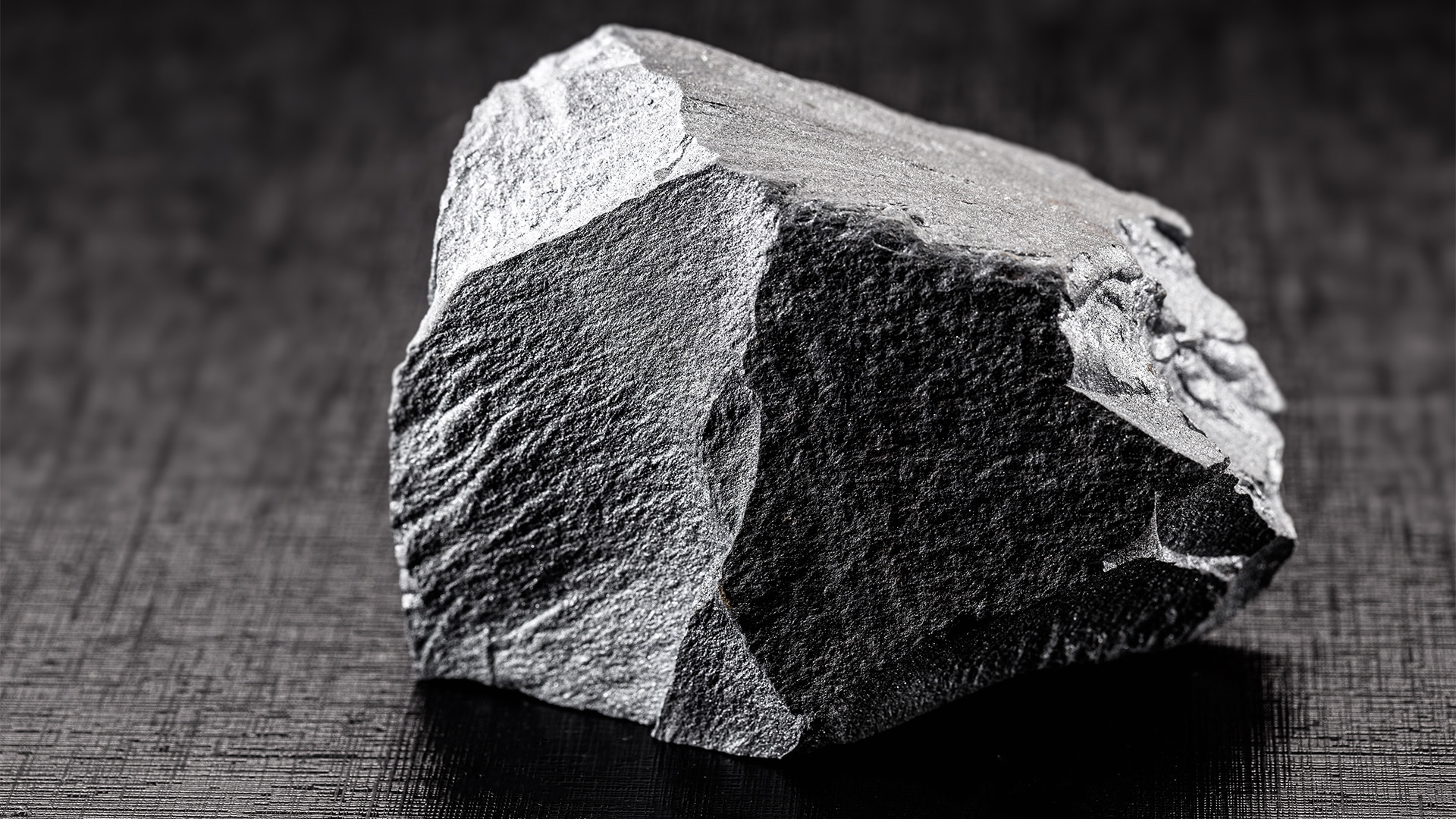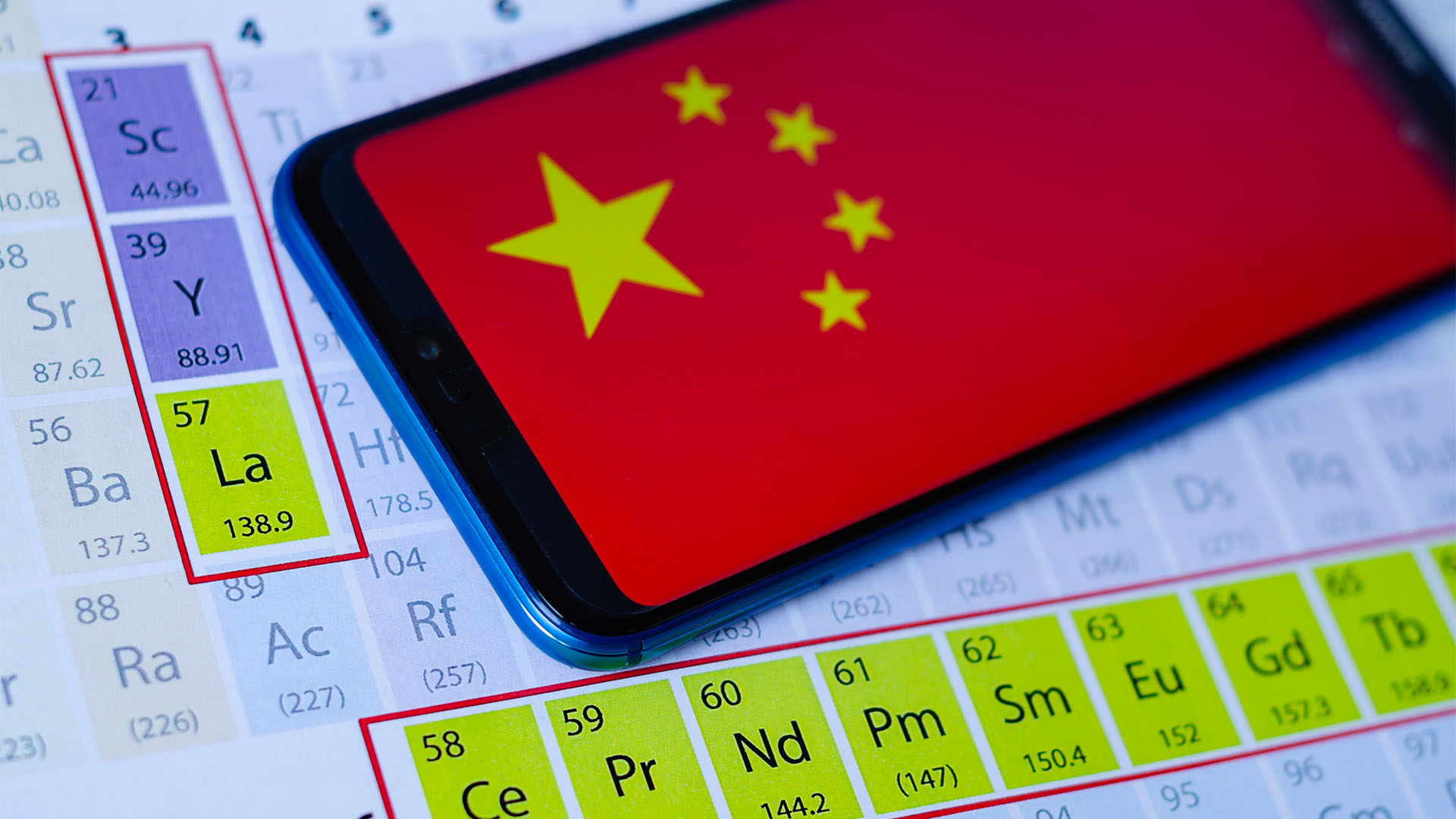by Tony Gu, Partner, Datt Capital
Click here to visit the Datt Capital website.
We estimate the total world manganese ore production to be approximately 60 million tonnes, or 20 million tonnes in manganese equivalent, accounting for differences in ore grades. Manganese ore specifications typically range from 30% to 44%. Grades lower than this specification would require additional treatment to concentrate the ore further to meet the midstream Silicon Manganese producers' specification requirements.
Ukraine has historically played a significant role in this process, but both its PGOK and MGOK operations are currently suspended due to the ongoing conflict with Russia. Currently, the top three producers, South Africa, Gabon, and Australia, collectively account for nearly 80% of the global supply, with only 40% of mined manganese ore being high grade.

Source: Datt Capital

Source: Datt Capital

Source: Jupiter Mines
Nearly 90% of manganese production is used in crude steel production, acting as a deoxidiser and alloying element. China dominates global crude steel production, accounting for over 50% of the production as well as remaining the largest consumer of its steel products.
In 2023, Chinese crude steel production totalled 1.02 billion tonnes. As a rule of thumb, just over 1% of Silicon manganese is typically required in steel production. This equates to an annual manganese demand of approximately 28 million tonnes of ore, or 11 million tonnes of manganese equivalent from China alone.
Despite steady demand from downstream steel makers, the industry faces challenges due to the weakening Chinese real estate market and the ongoing US-China trade war.
Consequently, midstream players such as silicon manganese producers are currently operating at a loss, leading to a sharp decline in capacity utilisation rates, currently standing at around 56% by production or 42% by the number of operating furnaces.
As of the end of April, trailing 12 months Chinese crude steel production averaged approximately 84 million tonnes per month or 1.01 billion tonnes per year, indicating steady demand from downstream steel makers.
Given the above context, the manganese sector appears to be nearing a bottom, and further reduction in midstream utilisation would be difficult, considering the time-consuming and costly process of restarting the furnaces (typically up to 10 days and RMB$500,000.00 per furnace).
In March, Cyclone Megan caused a major incident to the world-class GEMCO mining operations located in northern Australia, owned by South 32 and Anglo-American. This operation suffered significant damage to port, shipping, and logistical infrastructure, as well as damage to the mine itself. Groote Eylandt is a globally significant production asset, providing around 12% of the global manganese ore market production.
There is significant uncertainty around the duration of the supply disruption given the sheer scale of damage incurred and remote location. Importantly, GEMCO supplies approximately half of the high specification manganese (44% Mn) market. As a result, the manganese ore price has already surged over 30% since the incident, against a rapid 10% drop in port inventory.
However, the price change has not yet been reflected in the realised price of manganese producers due to the unique pricing mechanism of manganese ore.

Pricing
Typically, manganese ore is offered by miners to the market at the end of each month, prior to the next months' shipment. Taking South Africa as an example, miners generally present their quantity and pricing proposals to manganese buyers once they have determined their port allocations for the upcoming month. Following price negotiations, these manganese ores are subsequently shipped to consuming nations, such as China.
In China, the two major receiving ports are the Southern port (Qinzhou) and the Northern Port (Tianjin). Upon arrival at the Chinese port, manganese shipments are either transported directly to end clients or stored at the port for future transportation. This presents further profit-taking opportunities, as local traders can trade manganese ore once again at port.
According to FerroAlloy's report as of April 25th, the port offering prices for Mn44% and Mn37% were RMB55/mtu (US$7.7 VAT-Incl) and RMB45/mtu (US$6.3/mtu VAT-Incl) respectively. In contrast, the realised CIF price reported by Jupiter Mines for its Tshipi operation was US$3.55/mtu in March. Although there is a small handling and port fee embedded in the local port offering prices, the lagging effect on pricing is still apparent.
Before the Groote Eylandt incident, approximately 6 million tonnes of manganese ore, or 2.2 million tonnes of MnEq, were at Chinese ports, accounting for circa 2.5 months' worth of inventory. However, despite seemingly adequate port inventory levels at the time, such comfort quickly dissipated due to the logistic timing mismatches which is an idiosyncrasy of the industry.
Logistic Timing
Based on nautical mile differences, it typically takes approximately 30-45 days to ship South African, Gabon ore, and approximately 15-18 days to ship Australian ore to China. In March, out of all manganese ore at the Chinese ports, over 25% were high-grade inventories from Australia. Soon after GEMCO declared Force Majeure and canceled its shipments, a logistic timing mismatch began to emerge as the high-grade ores from South Africa and Gabon were unable to reach the Chinese ports in time. Due to the structural supply gap caused by the Groote Eylandt incident, we have observed a commentary on the 24th of April from FerroAlloy Online, stating that "Qinzhou Port has had no incoming manganese ore for two consecutive weeks".

A similar event occurred in 2016 when manganese prices dipped below RMB20/mtu (US$3/mtu), resulting in multiple mine closures, including Bootu Creek (OM Holding), Woodie Woodie (Consolidated Minerals), and Otjozondu (Shaw River Manganese). Eramet (now the world's largest producer) paused production for 4 weeks under pressure, and GEMCO, although still in production at the time, also incurred a major asset write-down and indicated potential job cuts, care and maintenance, as well as delayed mine expansion. The rapid reduction in supply quickly caused Chinese port inventory to dip below one month's worth of usage. Panic soon escalated at the ports, casuing the local manganese price to surge quickly above RMB90/mtu (US$13.5/mtu).
As the manganese price recovered, miners resumed production, and port inventory was eventually restored to levels above the safety stock level (typically 1.5-2 months), resulting in the normalisation of manganese prices.

Source: MySteel
However, what sets the current situation apart is that it does not seem likely that the supply from Australia and Ukraine can be restored in the near term, which creates a significant structural deficit in the manganese market. The accelerated depletion of high-grade Australian manganese ore is likely to worsen port inventory levels in absolute terms. According to our analysis, if there's a 50% drawdown in high-grade inventory at the port (accounting for roughly 25% of the total inventory by ore tonnage), it could lead to a one-month decrease in port inventory, bringing it perilously close to breaching the safety inventory level.
Price Elasticity
Manganese ore price is crucial for the midstream producers, but the grade is equally important. Typically, it takes approximately 2100 kg of 44% Mn, 4400 kWh of electricity, 560 kg of coking coal, 550 kg of high grade silica, and 35 kg of electrode to produce one tonne of Silicon Manganese. At the current manganese price, manganese cost accounts for circa 50% of the total production cost. Given it’s an energy-intensive process, in order to maximise profitability, the Silicon Manganese producers will usually draw down the high-grade stockpiles first.

It is possible to blend a small amount of lower-grade spec (Mn30%-32%) with the high-grade spec ore. However, considering that the current silicon manganese price is still trading close to its cost curve, it would not be economical to rely solely on low-grade manganese ores in silicon manganese production due to their energy-intensive nature.
Other technical issues could also arise when using a lower grade manganese ore in manganese alloy production, such as the impurities from its iron content. Manganese ore used for smelting ferromanganese generally requires a manganese content of 30~40%, a manganese-iron ratio greater than 7, and a phosphorus-manganese ratio less than 0.003. Many low-grade deposits around the globe suffer from impurity issues and cannot act as a substitute for high-grade products without further treatment.
The recent movement in silicon manganese prices has already shown a pass-through effect from the upstream, with silicon manganese futures currently trading near RMB8000/t compared to the spot price of RMB6300/t. A higher silicon manganese price is expected to incentivise midstream producers to restart their furnaces, contingent upon securing adequate manganese ore feed. Existing producers stand to benefit from this price movement and are poised to compete against latent producers in securing feedstocks.
Considering the rule of thumb of 1% SiMn per tonne of steel production and the current Chinese steel price of approximately ~RMB3600/t, a further 100% increase in manganese ore price is anticipated to result in only a 50% increase in silicon manganese price or a movement of merely 1% in steel price. This indicates that demand from downstream steelmakers may exhibit rather inelastic characteristics. For instance, in 2018, despite higher manganese production (18.9Mt according to the US Geological Survey) compared to the present supply capacity of 17.5Mt (post GEMCO incident), the manganese price traded persistently at over US$6/mtu, underscoring the stability of the industry.
Disclaimer: The information contained within the article is not financial advice and reflects the opinion of its author in a strictly personal capacity. The author may hold positions in stocks mentioned.














